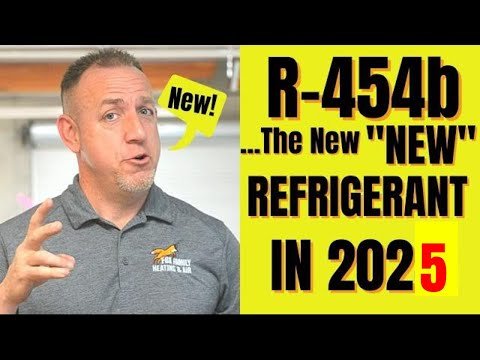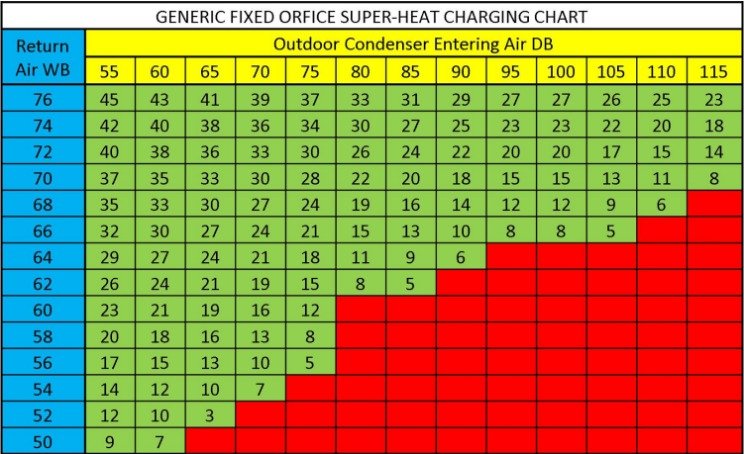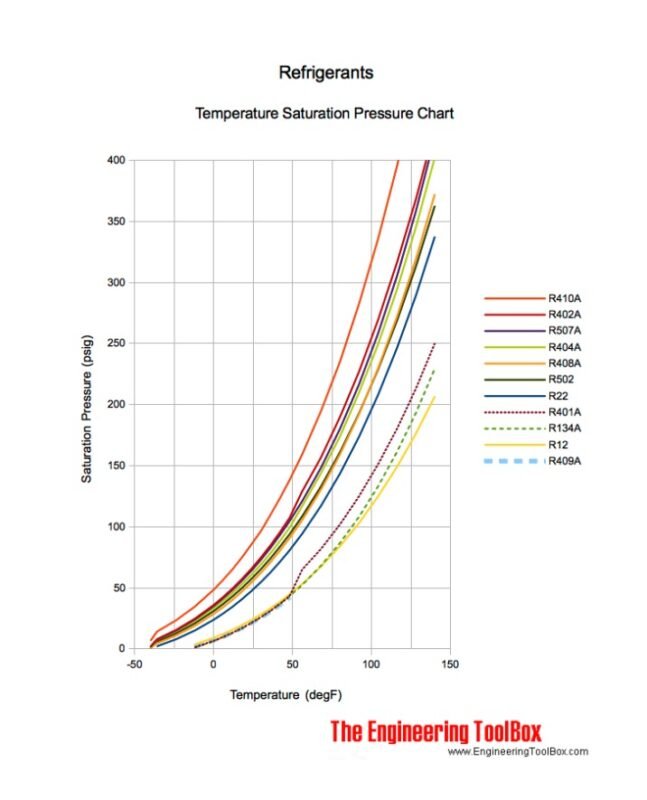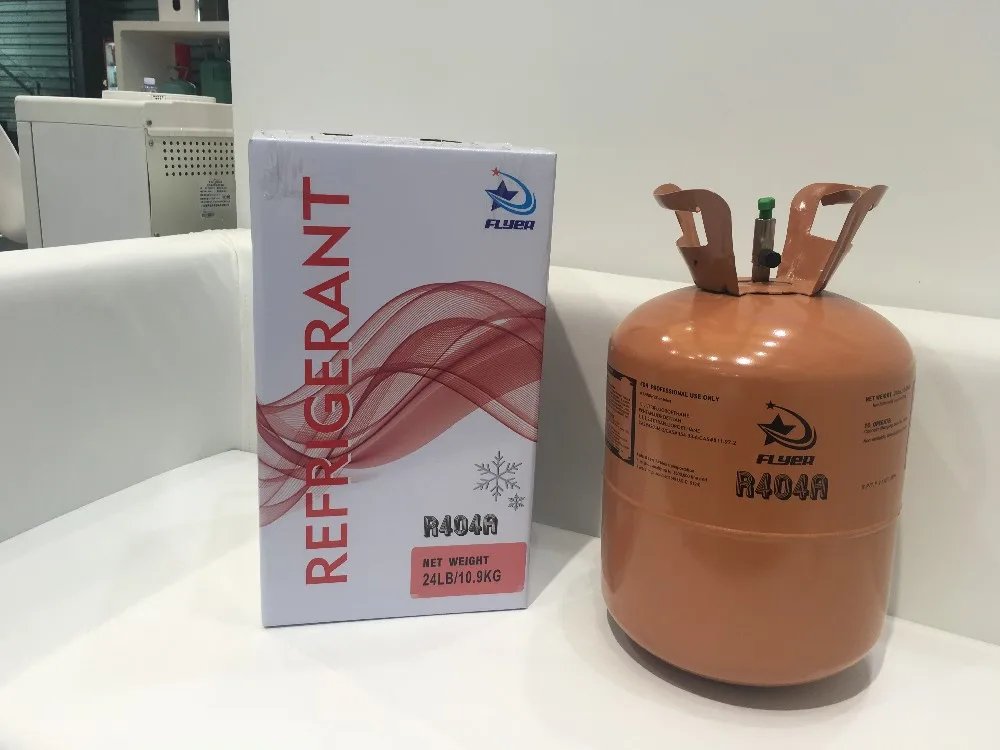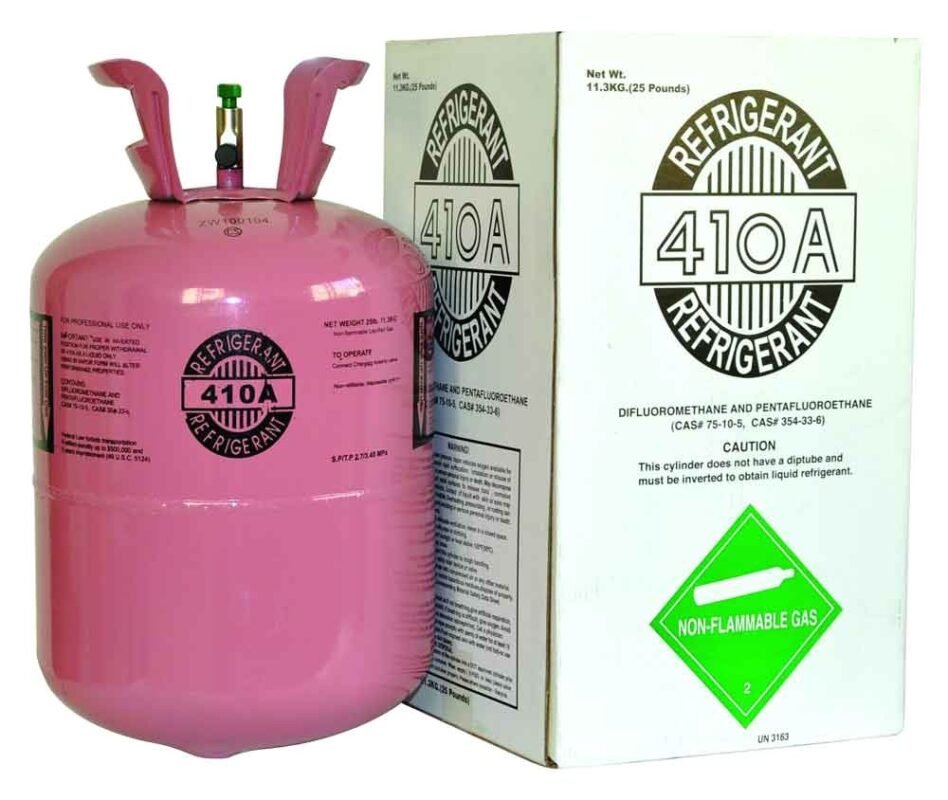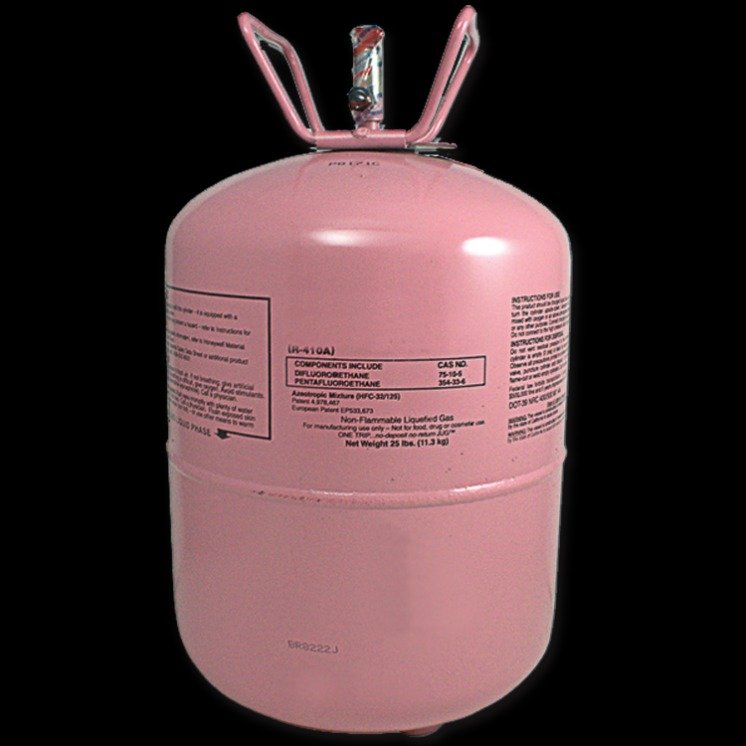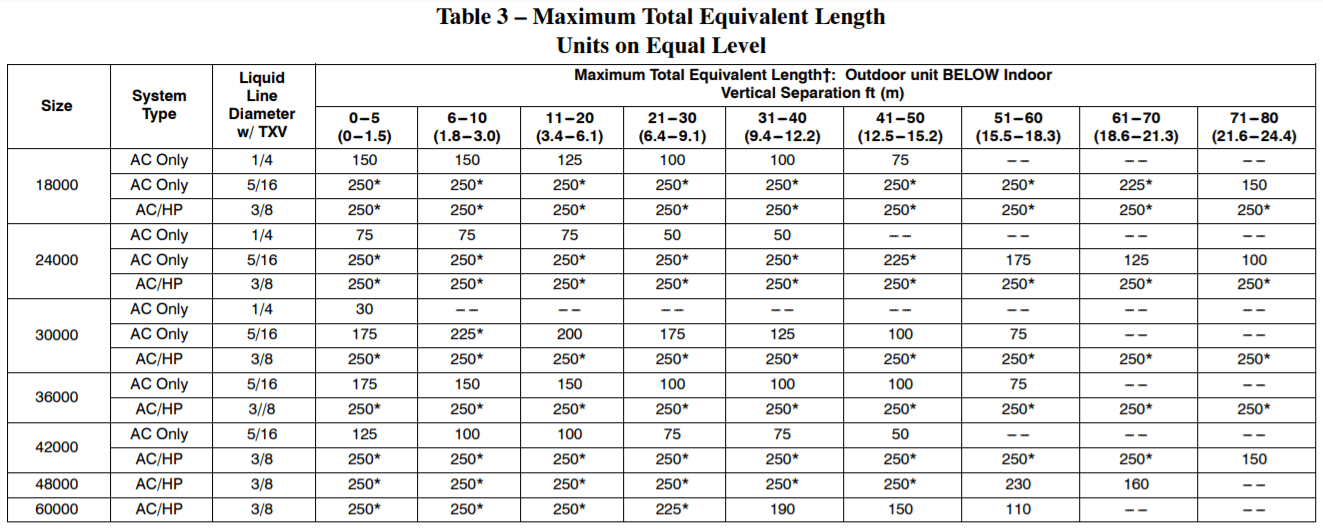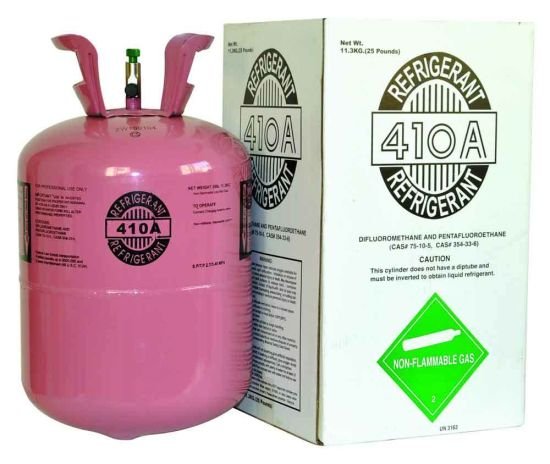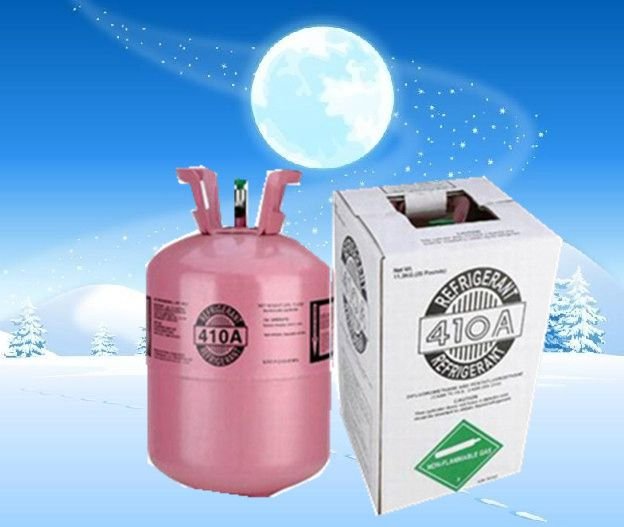No products in the cart.
As newer refrigerants become more commonly used, the ongoing availability of R22 will continue to diminish, affecting its cost. This r410a refrigerant shift can incentivize consumers to transition to more sustainable options. This has created a significant slowdown of cargo movement and cost increases, with the entire supply chain affected, the report says. Now, please […]

